The Bright Solution to Transform Tail Gas into a Resource
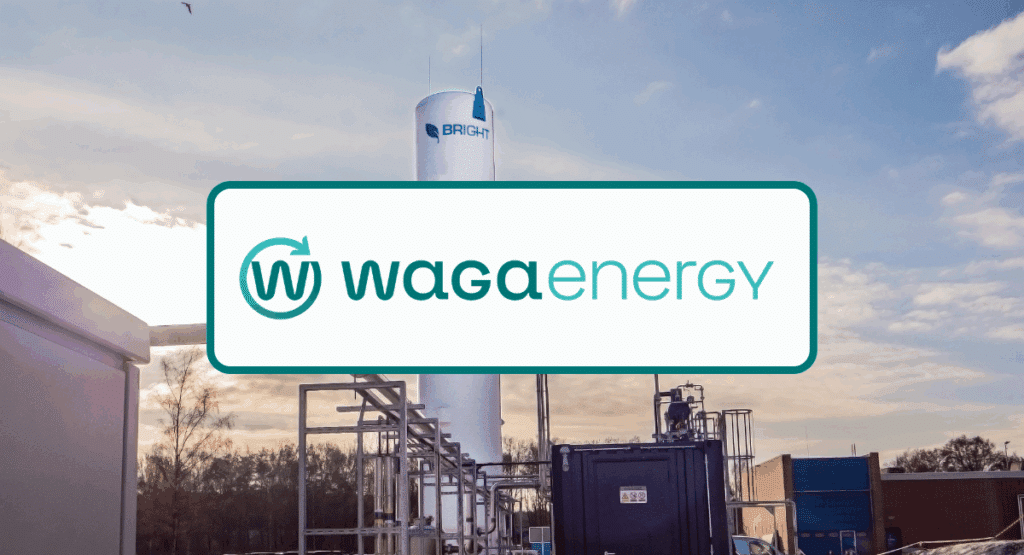
CO2 Recovery in RNG Facilities: The Bright Solution to Transform Tail Gas into a Resource
By Michael Fernandes, Bright Renewables
In renewable natural gas (RNG) production, upgrading biogas to pipeline quality leaves behind a CO₂-rich tail gas stream. In many facilities, this stream is vented, releasing greenhouse gases and wasting potential value.
CO₂ liquefaction systems like Bright Renewables’ CarboPac-L capture, purify, and convert this byproduct into a food-grade liquid CO₂.
The result is a usable product for applications such as beverage carbonation, greenhouse enrichment, refrigeration, and food processing — transforming a waste stream into a resource.
Technology Overview
In the biogas upgrading process, tail gas (typically >90% CO2) feeds into a CO2 liquefaction system such as Bright’s CarboPac-L, where contaminants – such as H2S, VOCs, and siloxanes – are removed through an activated carbon filter.
An oil-free compressor then pressurizes the gas before it passes through an automatic molecular sieve to remove residual water (H2O). The liquefier drops out liquid CO2 and consequently removes all traces of non-condensable gases – such as CH4, N2, and O2 – from the stream. Any entrained non-condensables are boiled off in the stripping tower.
The final product is a liquid CO2 with a purity of 99.9% – meeting food-grade specifications.
CarboPac-L systems are modular and containerized, with capacities from 300 kg/hr to 6,000 kg/hr, allowing integration into RNG facilities without complicated construction requirements. Additionally, they use CO₂ as a natural refrigerant – avoiding options like Freon or ammonia.

Operational and Environmental Advantages
Methane Slip Reduction
When CarboPac-L is deployed at an RNG facility, essentially 100% of CH4 is recovered, as non-condensables can be recycled back to the upgrader. In practice, this means nearly all methane entering the plant is upgraded to RNG, maximizing energy recovery and reducing greenhouse gas emissions. CI Score Improvement
Capturing and repurposing CO₂ could reduce a facility’s carbon footprint, potentially improving its CI score and increasing RNG value under programs such as California’s Low Carbon Fuel Standard (LCFS).
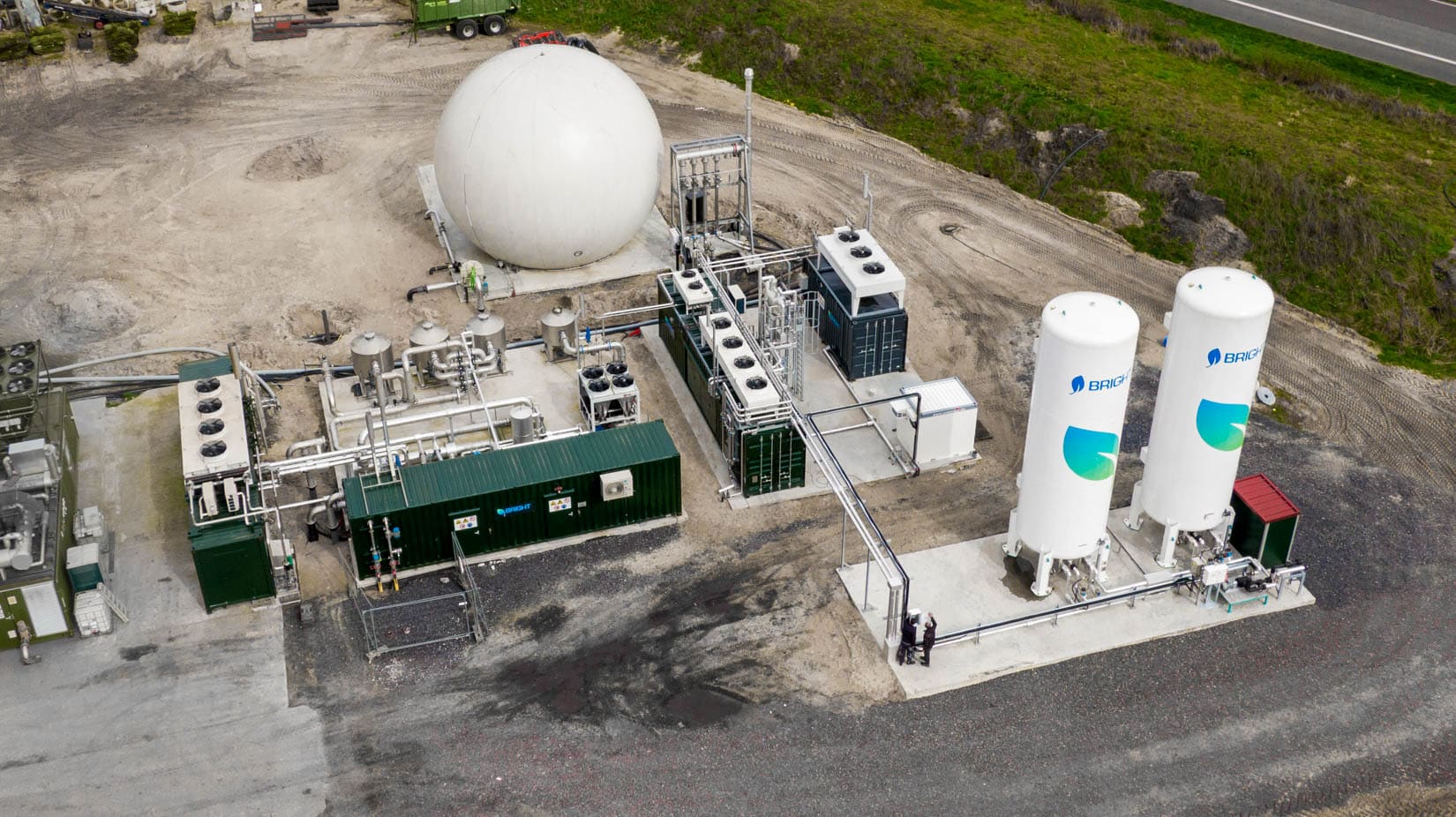
Additional Revenue from CO₂
Liquid CO2 is in demand across industries, including food packaging, greenhouse enrichment, and industrial cooling. Producing biogenic CO₂ to food-grade quality enables access to these markets.
For RNG operators, CO₂ liquefaction offers both environmental and operational gains. Capturing CO₂ instead of venting it enhances sustainability, improves efficiency, and opens new revenue streams.
With units installed around the world, Bright’s CarboPac-L is a trusted solution for increasing value at RNG facilities.
For more information, read our USA Biogas Magazine.

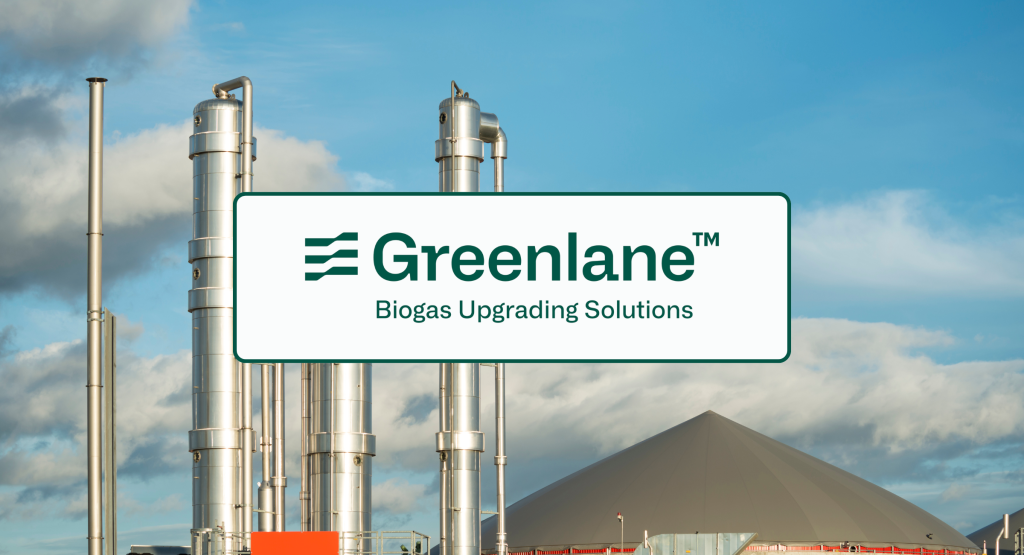
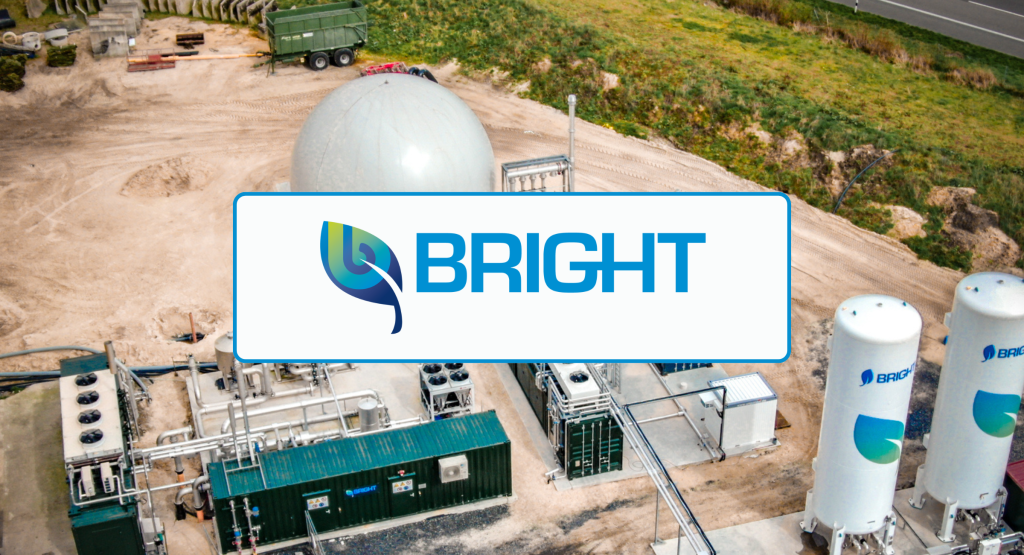
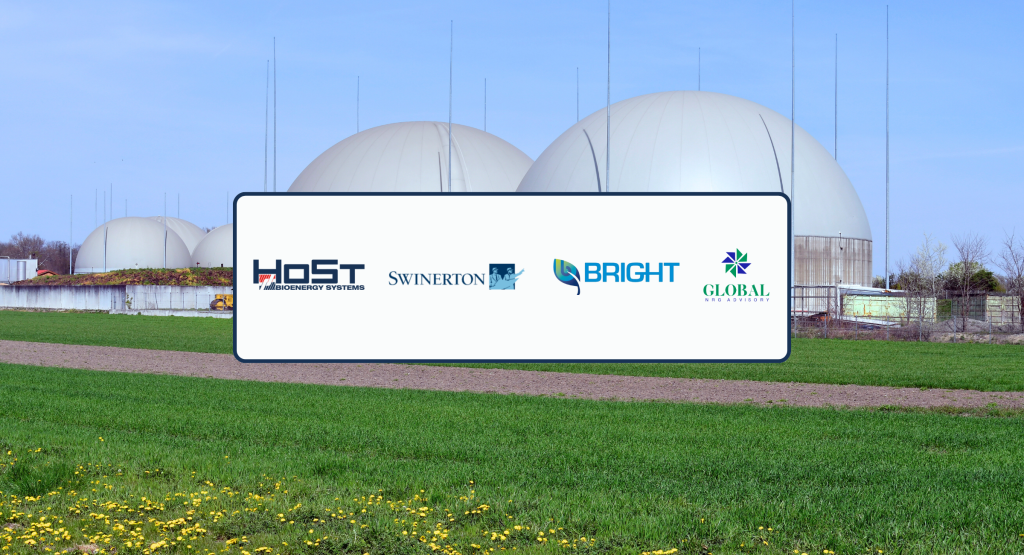
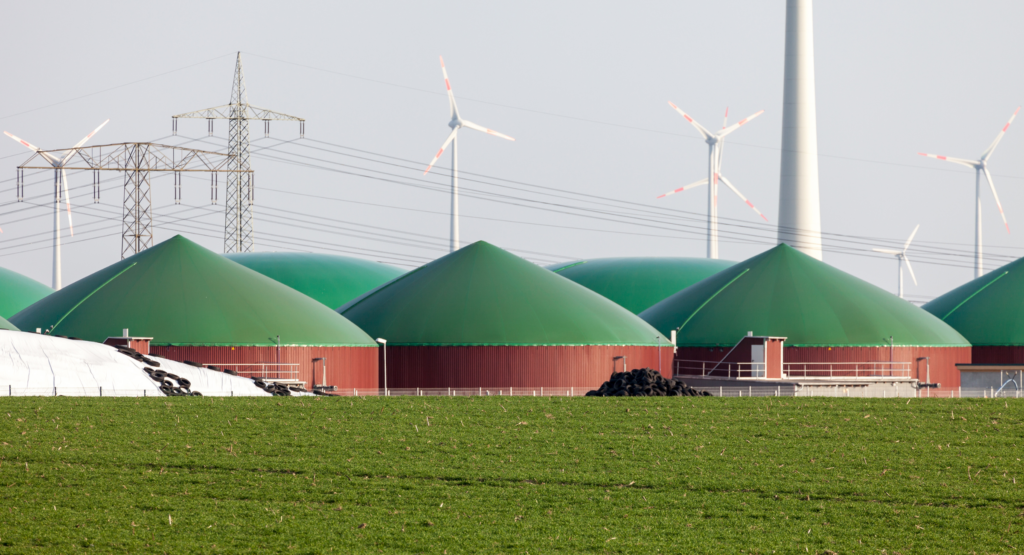
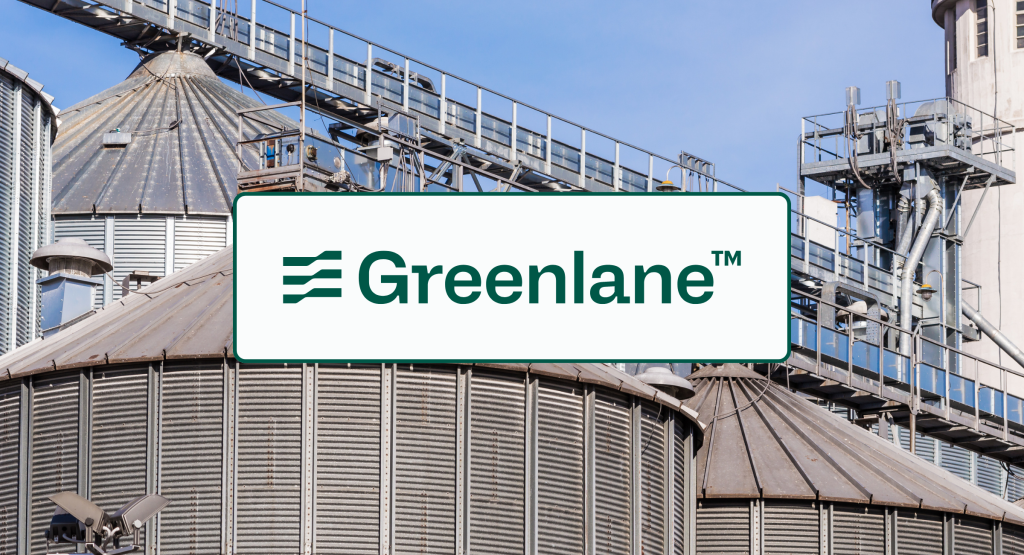
Comments